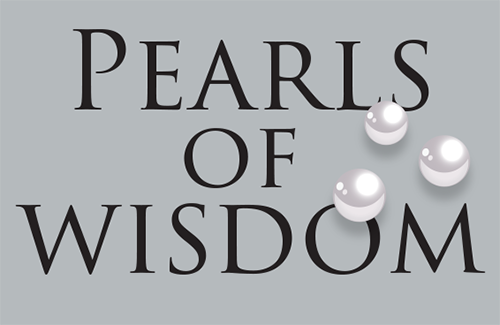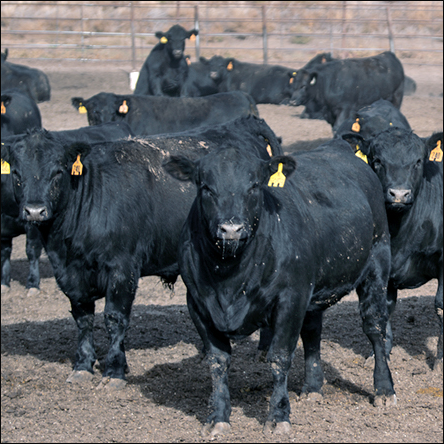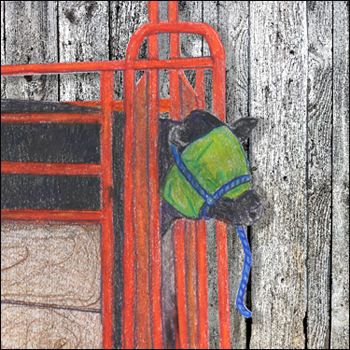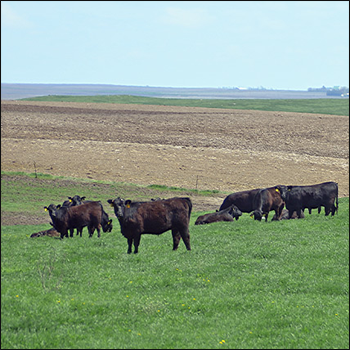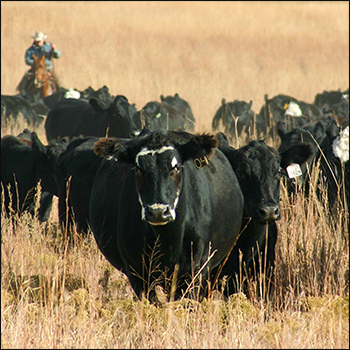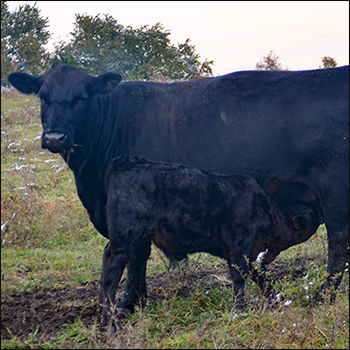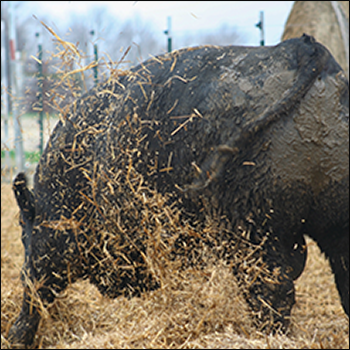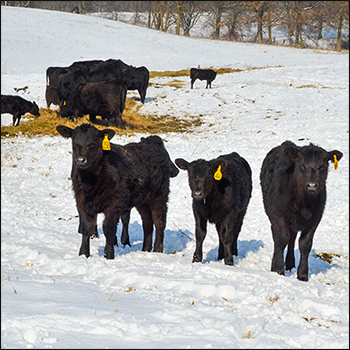

The Link
Lesson from the American Agriculture Movement.
About 45 years ago, I would run to the mailbox to get the newspaper every day. I loved seeing the pictures of tractors slowly making their way to Washington, D.C., and wondering what the heck they were going to do when they got there. I recall one guy who had an old tricycle-front-end John Deere without a cab who looked so determined in every picture I saw of him.
The Freedom Convoy today reminds me of the late 1970s and the American Agriculture Movement (AAM).
These were frustrated people who wanted to do something and tell the world that change needed to happen.
I was an impressionable teenager during that time and recalled area farmers wondering if anything would really change. Did the government or the people who voted them in really care?
The AAM leaders asked for farmers to reduce planting acres. Few did, and there wasn’t any change in production. Changing behavior in a group of strong-willed farmers isn’t an easy task. Plus, they all had bills to pay. It wasn’t like anyone was paying them not to produce a crop. Times were rough, and every dollar mattered.
Today isn’t much different. Farmers and ranchers are still very strong-willed. Some are quick to jump on the bandwagon and drive to Washington in their tractor, while others sit on the sidelines — some cheering, some jeering. Everyone wants better prices.

The members of the American Agriculture Movement were frustrated people who wanted to do something and tell the world that change needed to happen by driving their farm vehicles to Washington, D.C. |
What about you?
What would you do to get a better price? Would you join the AAM and drive to Washington? Do you sit on any county, state or national cattlemen’s boards?
I’d like to summarize what I heard Don Schiefelbein, National Cattlemen’s Beef Association (NCBA) president, say at the Cattle Industry Convention in Houston this February. He said he is on these boards and holds these offices because he is selfish. He wants his family farm to continue and thrive. He wants to preserve our way of life.
I give Don credit for being honest. Serving on committees, boards and in organizations is work. It takes time. Frankly, it can be frustrating.
Want better calf prices?
The point of this story is plain and simple. You want better prices? Then enroll your calves in the value-added programs your American Angus Association provides for you. Plain and simple, there are increased profits. Yes, there is increased work. It’s not a free lunch. It takes time, and it takes commitment. You can’t just write the check and expect so much money back.
There isn’t a convoy or a tractorcade or any big fancy media coverage, but there is an option to help increase your bottom line. You can enroll in AngusLinkSM. Buyers care about the genetics, health, hormones, antibiotics and a host of other things. Things have changed in the last 45 years. AngusLink can help drive a better price for your Angus-sired feeder calves.
Editor’s note: Ginette Gottswiller is the director of verification services for the American Angus Association. Photos used with permission courtesy the Oklahoma History Center.

Angus Proud
In this Angus Proud series, Editorial Intern Jessica Wesson provides insights into how producers across the country use Angus genetics in their respective environments.
 Angus Proud: Scott Sproul
Angus Proud: Scott Sproul
Oklahoma operation learned wisdom of moving calving season to better suit their marketing needs.
 Angus Proud: Bubba Crosby
Angus Proud: Bubba Crosby
Fall-calving Georgia herd uses quality and co-ops to market calves.
 Angus Proud: Jim Moore
Angus Proud: Jim Moore
Arkansas operation retains ownership through feeding and values carcass data.
 Angus Proud: Les Shaw
Angus Proud: Les Shaw
South Dakota operation manages winter with preparation and bull selection.
 Angus Proud: Jeremy Stevens
Angus Proud: Jeremy Stevens
Nebraska operation is self-sufficient for feedstuffs despite sandy soil.
